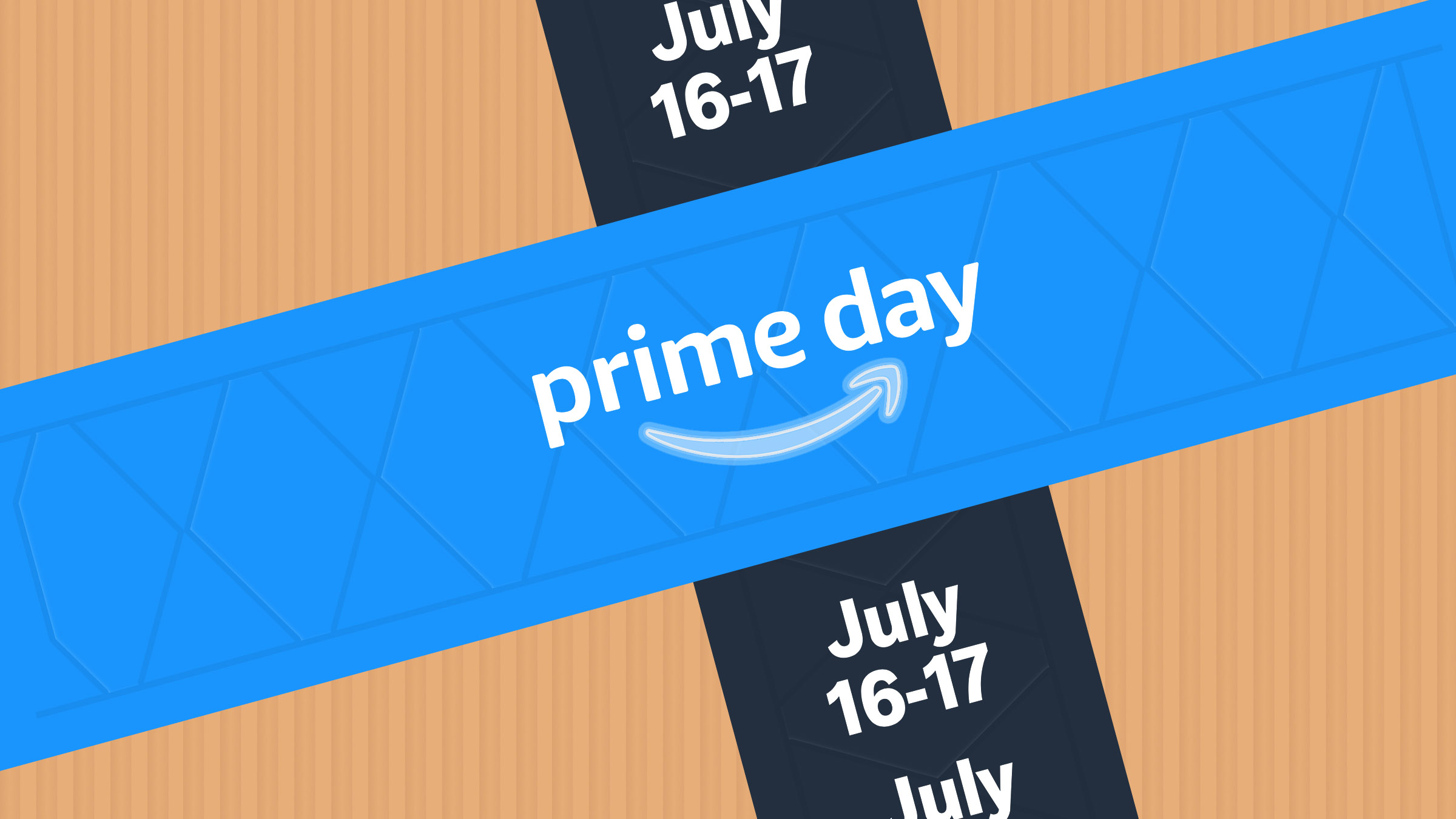Published Jun 5, 2021
How Automation and Integration Optimizes 3PL Management

Many ecommerce, retail, and manufacturing companies outsource distribution, warehousing, order fulfillment, and other services, as part of third-party logistics (3PL) management.
For companies that want to scale, venture into new markets, and create positive customer experiences, partnering with 3PLs offers some desirable perks. For example, these external partners provide logistical expertise and an extensive network of supply chain resources.
If automation and integration aren’t part of your workflows, though, you may encounter some challenges:
- Relying on manual data transfers between your company and 3PLs can be highly costly and resource intensive.
- Poor inventory visibility can delay procurement, resulting in stock-outs.
- If order fulfillment is slow or error-ridden, your customers may take their business elsewhere.
In this article, we’ll discuss why automation and integration are crucial to 3PL management and what steps you can take to set up your operations and logistics for success.
Why Automation Improves Your 3PL Management
In the past, especially if you were an early-stage business, getting by with manual processes seemed manageable. For instance, you may have filled out spreadsheets and re-entered data to transfer information or kept your 3PL providers informed via phone calls and emails.
Nowadays, though, becoming a digital enterprise is crucial for thriving during this time of transformation. For one thing, online sales have increased exponentially in response to the COVID-19 pandemic.
Plus, thanks to the influence of corporations like Amazon, consumers have developed must-have expectations toward other ecommerce businesses and retailers such as fast delivery times, a seamless online purchasing experience, and strong customer service.
In other words, becoming an omnichannel business is a necessity.
By fully automating your 3PL management processes, your organization and 3PLs can stay more aligned with real-time data. In fact, according to a recent survey, 98% of 3PLs agree that it has become even more critical within the last three years for them to develop the capabilities to respond to their customers more quickly with accurate, timely information.
Example of 3PL Integration Roadmap
To successfully partner with your 3PLs, you need to also connect disparate systems and applications together. Integration bridges any gaps to automate your business processes. However, since there are multiple workflows to streamline in a typical 3PL system, where do you even begin?

First, address your most important business processes and identify which areas need to be in sync. Here’s a potential integration roadmap for some inspiration:
- Order Fulfillment: This includes new sales orders, order cancellations, shipment confirmations, and more.
- Inventory Visibility: Align your storefront and enterprise resource planning (ERP) software with the various warehouses between you and your 3PL providers.
- Item or Product Updates: Your 3PLs should stay up to date with your item catalog, including the correct SKUs.
- Returns Processing: Sync your return merchandise authorization (RMA) with your 3PLs.
- Inbound Shipments: Inbound shipment requests, purchase order (PO) imports and exports, and shipment receipts are examples of what needs to line up with your 3PLs
Remember, you don’t have to address everything at once. Instead, taking a phased approach will make this transition much more reasonable.
Preliminary Integration Checklist for 3PL Automation
When beginning your integration journey, you need to have a strong idea of what you want your 3PL system to look like. To get started, refer to this checklist:
- Review your business processes. For automating order fulfillment and inventory management, you can group your business processes into four categories: orders, inventory, catalog, and inbound shipments.
- Identify and map manually transferred data that could benefit from automation.Pinpoint the critical data transfers that must be 100% accurate and timely, as well as the number of current errors from manual entry.
- Create a return-on-investment metric. Note the current number of hours and full-time employees needed to support manual processes. That way when your integrations are up and running, you have a benchmark for comparison.
- Select an integration solution.On one end of the spectrum, fully custom integrations from scratch can be costly and time-consuming to properly build and manage with technical resources. Meanwhile, most pre-built, native integrations are limited to one-size-fits-all, point-to-point integrations, so they can’t support additional endpoints or use cases.However, an integration platform (iPaaS) allows you to create and manage all of your integrations in one place. The ideal next-gen iPaaS fully automates your 3PL business process through customizable pre-built integrations that speed up the implementation process.
Integration Next Steps for 3PL Management
To optimize your 3PL partnerships, automation and integration should be part of your logistics and operations. That way you can address and prevent any issues before your business processes break down. Think of this as a way to help your business reach its full potential while delighting your customers. Contact us to learn more about utilizing an iPaaS to automate your business processes. Plus, check out this eBook: Integration Best Practices for Optimizing 3PL Management.






